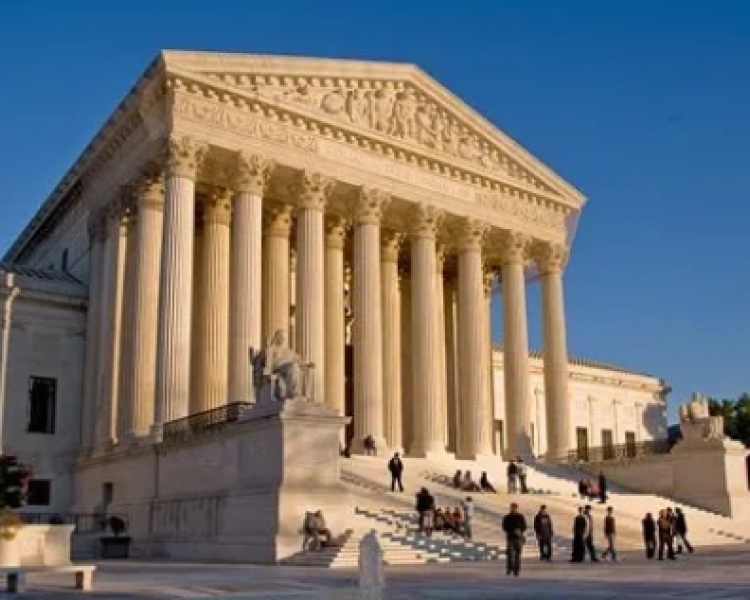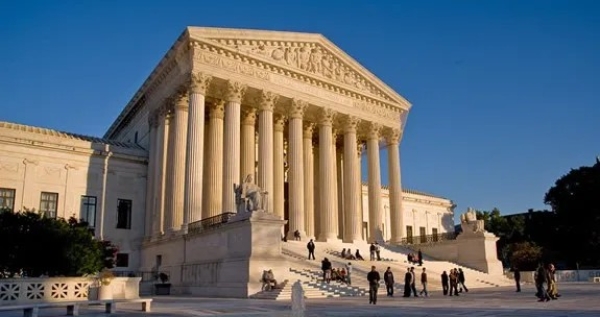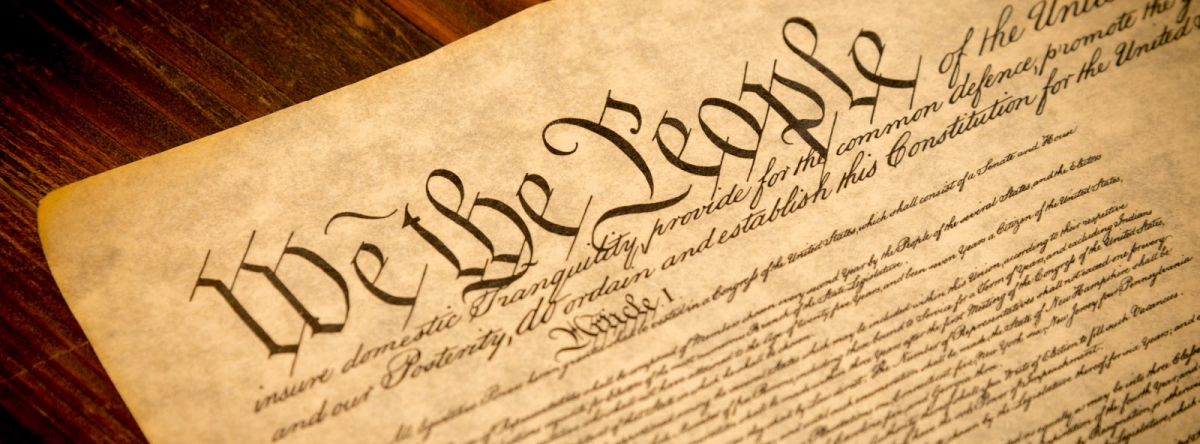On October 15, the U.S. Supreme Court heard oral arguments in Louisiana v. Callais, a challenge that could weaken or invalidate Section 2 of the Voting Rights Act (VRA), the key provision of the law that broadly prohibits discrimination in voting practices based on race or creed.
The case centers on the creation of a second Black-majority congressional district in Louisiana, drawn following the 2020 census that elected Rep. Cleo Fields, a Democrat, to the new District 6 House seat.
Challengers argued the new map constitutes an unconstitutional racial gerrymander in violation of the 14th Amendment’s equal protection clause, claiming it prioritizes race over traditional redistricting criteria (e.g., compactness, communities of interest) and thus breaches constitutional limits on racial classifications.
The US DOJ intervened in support of challengers, arguing Sec. 2 claims should require proof of intentional discrimination—a higher bar that would make lawsuits harder to win.
The primary attorney who presented oral arguments on behalf of the US during the hearing was Hashim M. Mooppan, Principal Deputy Solicitor General, who argued that VRA compliance does not justify unconstitutional racial classifications in districting.
While Louisiana and the plaintiffs asked to find Sec. 2 of the VRA unconstitutional, both the Solicitor General, D. John Sauer, and the Deputy Solicitor General, Mooppan, made a strong case to weaken Sec. 2 as essential 15th Amendment enforcement.
This team coordinated with the challengers’ counsel (e.g., Edward Greim of Graves Garrett LLC for the Callais plaintiffs) and Louisiana’s Solicitor General Benjamin Aguiñaga, splitting time at the podium, showing a powerful legal team and unified front against the remedial map. The administration’s position aligned well with conservative critiques of race-based districting.
AAG Harmeet Dhillion helped write an amicus brief for the case and reported from the steps of SCOTUS after listening to oral argument in the important Voting Rights Act case, saying it was oral advocacy at its finest!
Conservative justices Thomas and Alito grilled on racial stereotypes in districting. Thomas seemed to want to toss out Louisiana’s remedial map. Alito appeared prepared to narrow Sec. 2 significantly.
Liberal justices Kagan and Sotomayor warned of unleashed discrimination, and Jackson indicated without Sec. 2, states could dilute minority votes under the guise of “traditional” criteria, and compared black people not being able to create black congressional districts to disabled people not being able to enter a building.
The liberal attorneys affiliated with the NAACP, ACLU, and other Civil Rights groups argued to keep racist gerrymandering centered around a belief that White Democrats are too racist to vote for Black Democrats - and Black districts are necessary to ensure Black Democrats are elected to office.
Kavanaugh and Barrett appeared ready to say that Sec. 2 was constitutional, but remedies fail to meet the equal protection clause’s strict scrutiny because of their indefinite duration. Gorsuch and Roberts also did not seem ok about how Sec. 2 is being applied.
After reviewing the hearing and transcripts, it does not appear the conservative justices are likely to join the court’s liberals in upholding the VRA. Time will tell…
SCOTUS now will study the VRA Sec. 2’s core constitutionality, potentially ending race-conscious redistricting remedies.
If Sec. 2 is gutted or weakened, it follows Shelby County v. Holder, a 2013 SCOTUS landmark decision regarding the constitutionality of two provisions of the VRA of 1965, Sec. 5, which requires certain states and local governments to obtain federal preclearance before implementing any changes to their voting laws or practices.
At a minimum, as a remedy, the justices may end up revising Sec. 2 back into alignment with the Fourteenth Amendment rather than against it.
A ruling is expected by early to mid-2026, and should happen before the 2030 redistricting cycle, but could trigger immediate mid-decade map challenges or special sessions in several states, influencing the 2026 midterms and beyond.
MIDTERM UPEND: With a new Sec. 2, GOP-led states could redraw maps of current voters—who overwhelmingly support Democrats—possibly flipping many 2026 competitive seats.
SOUTHERN HOTSPOTS: States like Alabama, Georgia, Louisiana, North Carolina, and Texas are facing the greatest upheaval. Models predict 15-25 House seats at risk, mostly Democratic-held. E.g.:
Georgia: Could lose Black-opportunity districts, endangering seats like GA-7 (Rep. Lucy McBath, D).
Texas: Urban minority areas in Houston and San Antonio might be split, threatening 5+ Democratic incumbents.
North Carolina: Already gerrymandered post-Shelby County (2013), further changes could solidify GOP supermajorities.
IMPACT: Republicans’ current slim House majority (e.g., 220-215) could expand to 240+, per estimates of 19+ flips nationwide. Midterms often punish the President’s party, but weakening the VRA would create GOP advantages, making Dem gains nearly impossible. State legislatures could also entrench, affecting future maps and voter laws.
This will be one of the most important election-related cases in 2026, and early indications for a positive ruling to curtail a major provision of the VRA bode well for the Republican Party!
Share This Post...











